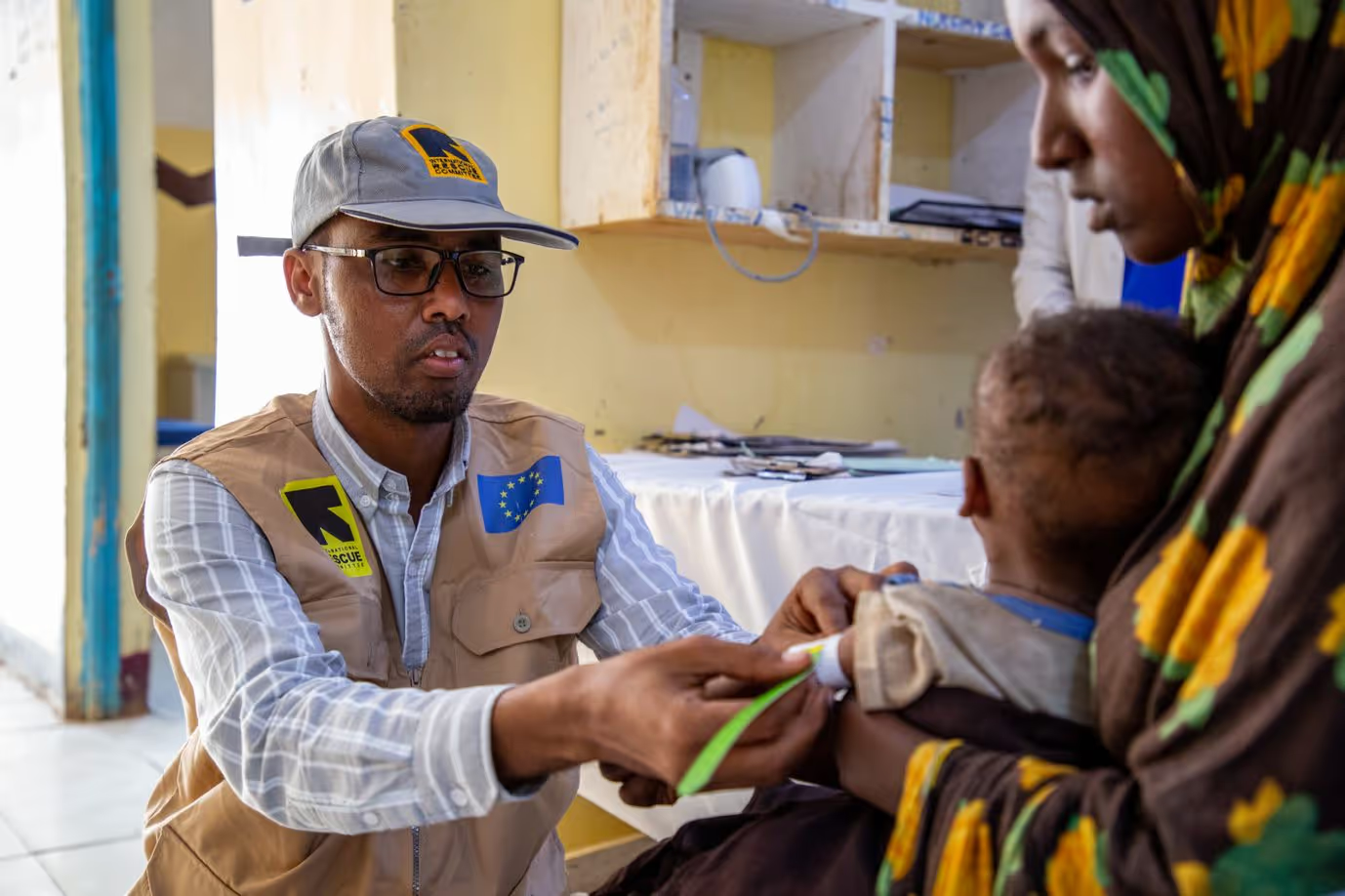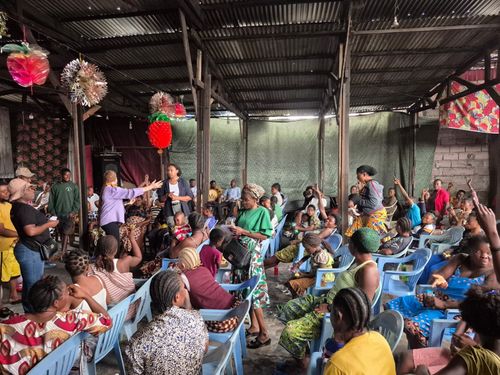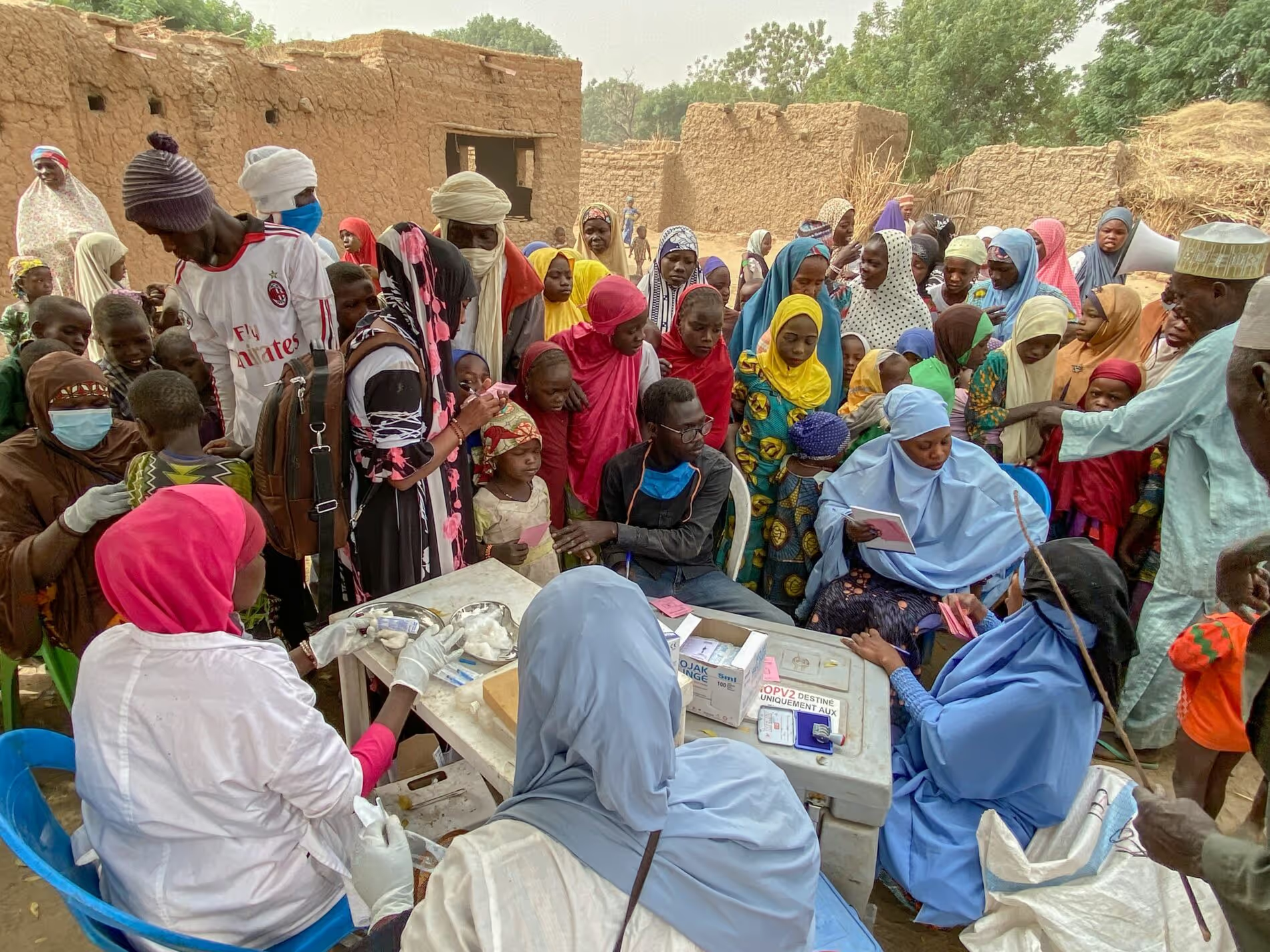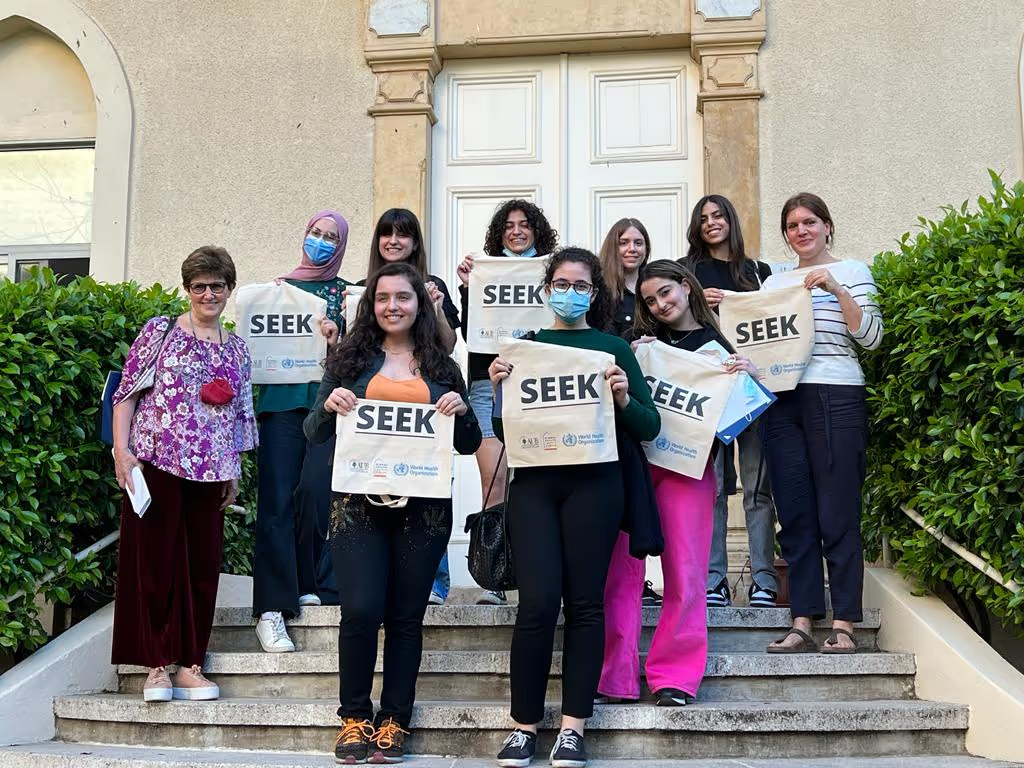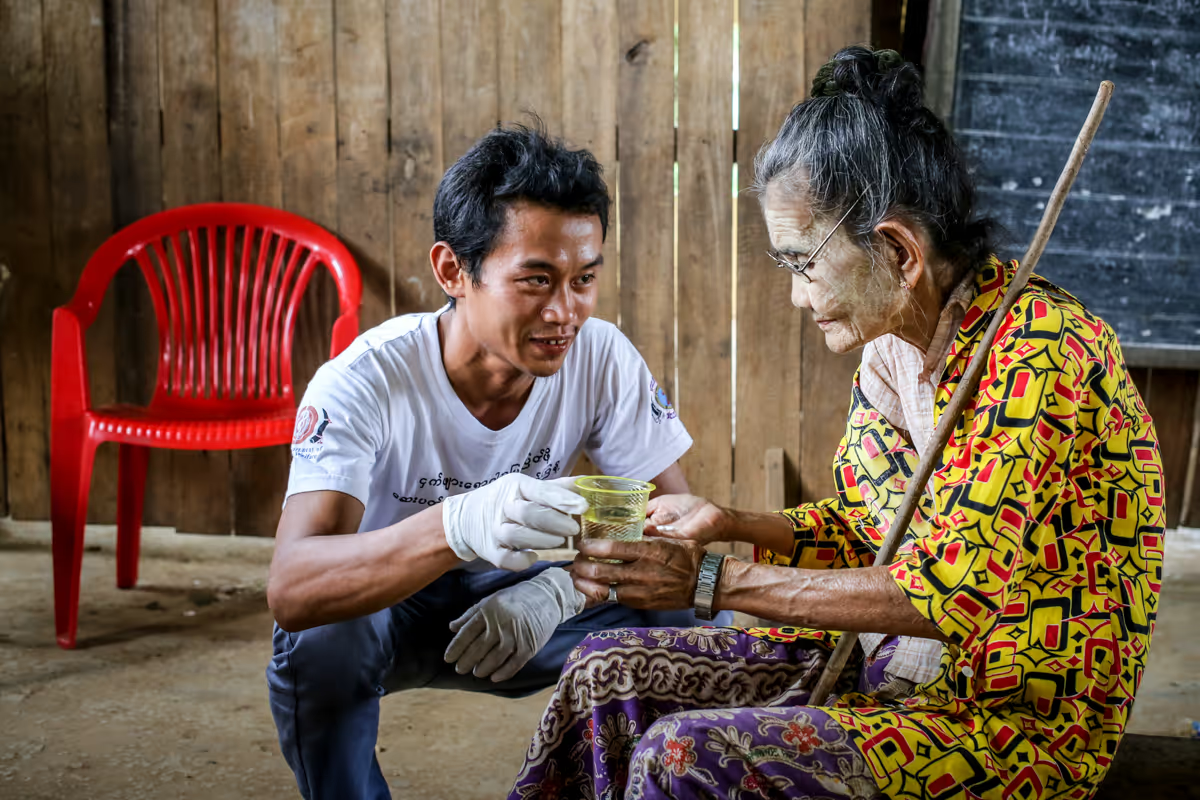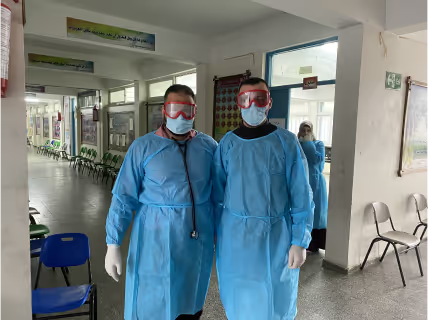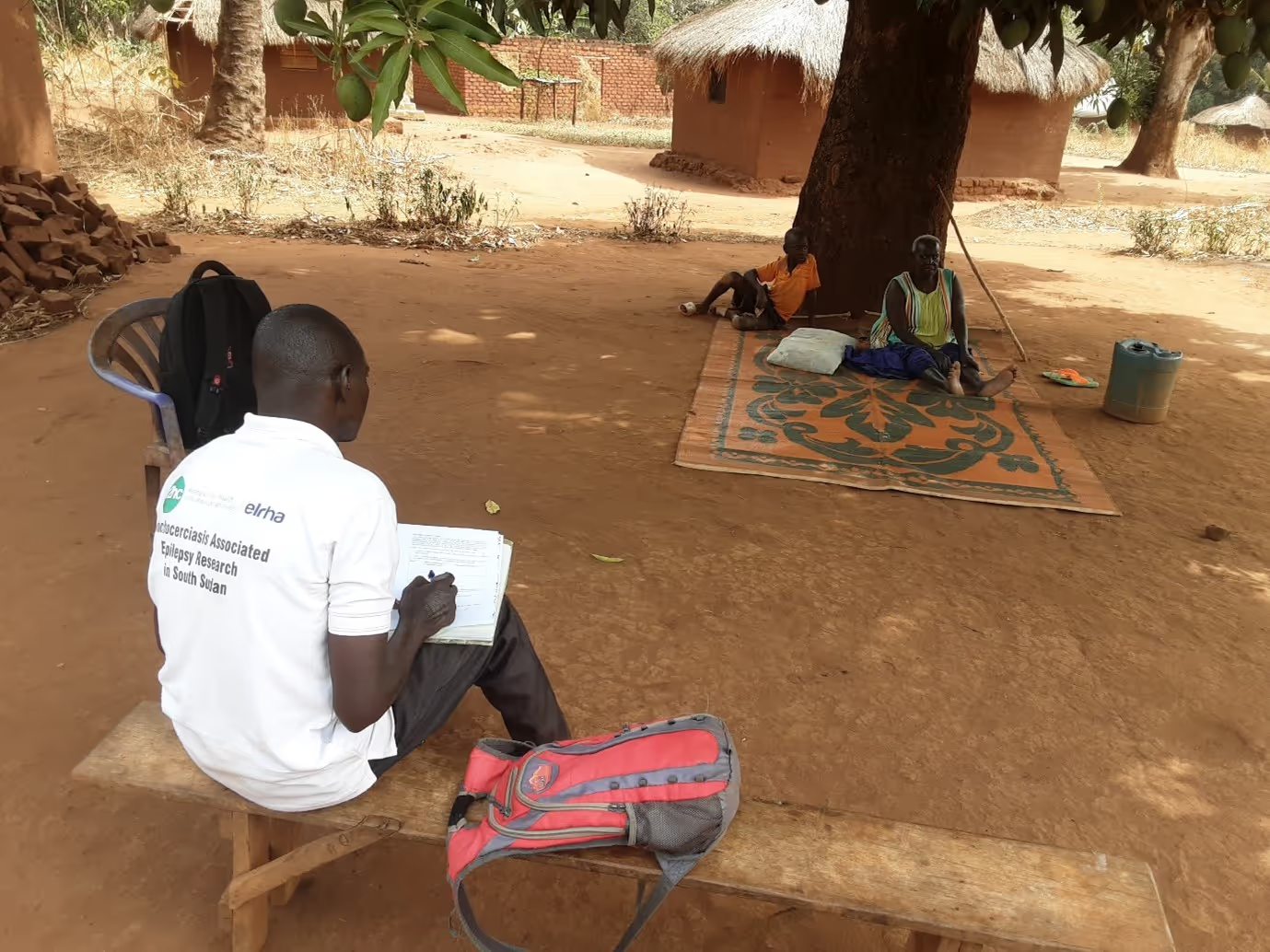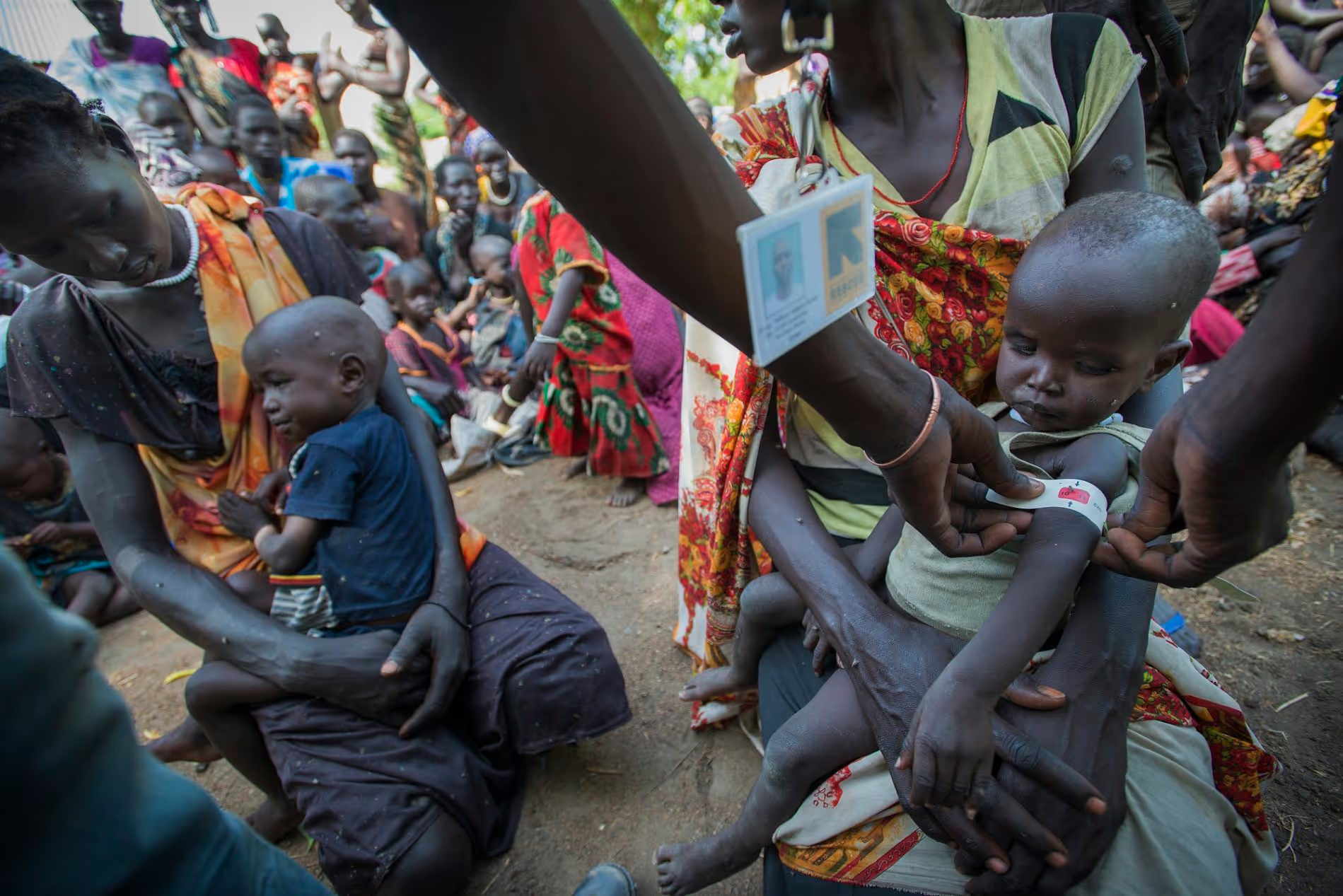Effectiveness and policymaking surrounding combined protocol for treatment of acute malnutrition in food-crisis affected contexts
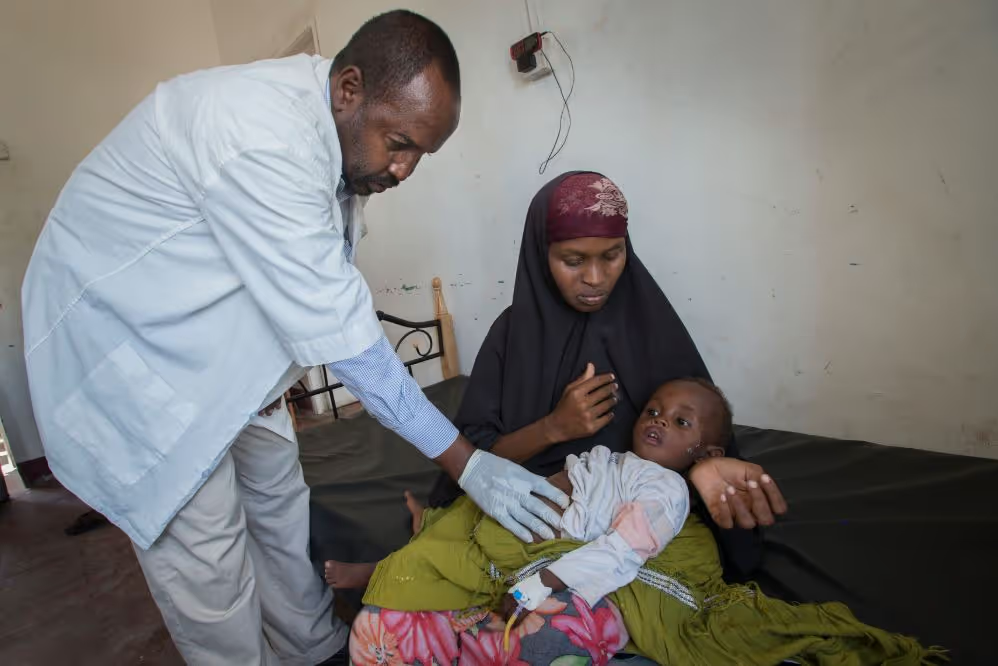
Project overview
This study tested the combined protocol to determine if acutely malnourished children (6-59 months) treated under it met the Sphere minimum standard of 75% recovery rate in a nutrition clinic in Karaan District, Somalia.
Countries
Somalia
Organisations
International Rescue Committee
Partners
International Rescue Committee Somalia, Somalia Ministry of Health
Area of funding
Humanitarian Research
Grant amount
£213,950
Start date
01
August
2017
End date
01
June
2019
Project length (in months)
22
Funding calls
Focus areas
Topics
Nutrition
Status
Closed
Project solution
This project offers [specific solution or intervention] to tackle [challenge]. By implementing [strategies, tools, or innovations], the project aims to achieve [desired outcomes]. The approach is designed to [specific actions or methods] to bring about meaningful change in [community, region, or issue area].
Expected outcomes
This project aims to achieve [specific outcomes], such as [measurable results, improvements, or changes]. The expected impact includes [benefits to the target community, advancements in research or innovation, or long-term effects]. By the end of the project, we anticipate [specific changes or milestones] that will contribute to [broader goals or objectives].
No items found.
Principal Investigator: Naoko Kozuki, International Rescue Committee
What did the study set out to achieve?
The combined protocol for acute malnutrition simplifies the existing treatment protocol of community-based management of acute malnutrition (CMAM) by:
- treating severe acute malnutrition (SAM) and moderate acute malnutrition (MAM) as one condition on a spectrum
- providing one product for treatment (ready-to-use therapeutic food, RUTF)
- diagnosing children on mid-arm circumference and oedema
- simplifying the dosage protocol (two RUTF sachets/day for MUAC <115mm, one RUTF sachet/day for MUAC 115-<125mm).
While this is protocol is endorsed by the World Food Program (WFP) in emergency contexts, there is limited evidence on its effectiveness and a lack of understanding of the barriers to adoption in crisis-affected contexts. This study tested the combined protocol to determine if acutely malnourished children (6-59 months) treated under it met the Sphere minimum standard of 75% recovery rate in a nutrition clinic in Karaan District, Somalia.
Additionally the study conducted a policy analysis in four food insecure contexts in Niger, northeast Nigeria, Somalia and South Sudan to describe how the protocol was presented regarding its benefits, requirements for implementation, and boundaries. The aim of the policy analysis was to understand requirements for adaptation and adoption of the protocol in different contexts, and examine the factors that influence policy change.
What were the key findings?
The study found that the performance, coverage and cost effectiveness of the combined protocol is comparable to standard SAM and MAM protocols. The recovery rate among children diagnosed with SAM was 98%, exceeding the Sphere Minimum Standard of 75%.
The policy analysis showed that while combined/simplified protocols are being used in emergency situations in all four countries, there is widespread confusion about protocol terminology and content, and diverse rationales for modifying them across the different settings. Lacking standard global guidance, combined/simplified protocols are often used on an ad hoc basis. Confusion at the national level appeared to be partially driven by global actors; global stakeholders admitted that lack of clarity around the vocabulary of adapted protocols was largely driven by themselves. National stakeholders were open to the idea of adapting protocols, but many reported waiting for more evidence. The analysis highlighted the importance of ensuring future nutrition research is aligned with national priorities.
What does this mean for policymakers and practitioners?
The finding that the protocol meets Sphere humanitarian standards means that it can be rolled out in more contexts where logistical challenges prevent or hinder effective implementation of CMAM. Under the dire conditions of the food crisis-affected contexts, an effective and efficient integrated treatment model has potential to increase treatment coverage, reduce severe cases, decrease cost, and reduce preventable deaths without a need for dramatic changes to the current infrastructure or logistical systems.
The study team made recommendations to the Ministry of Health in Somalia, UNICEF and to IRC health experts based on these findings, influencing their approach to the management of acute malnutrition. Research tools such as standard operating procedures and data collection tools were adapted and used for subsequent IRC-run operational pilots in Chad and Mali. Several key humanitarian stakeholders – including Action Against Hunger, Médecins Sans Frontières and Save the Children – have used the study findings in their own advocacy work on simplified approaches to managing acute malnutrition.
No items found.
Project delivery & updates
Stay up to date with the latest developments from this project. Here, you will find details on what has been delivered, resources created, and regular updates as the project progresses. Access key documents, reports, and other materials to see how the project is making an impact.
No resources/updates have been published yet for this project. Sign up for our newsletter to stay informed about upcoming publications and updates!
Join our Newsletter
Resources
Combined protocol for severe and moderate acute malnutrition in emergencies: Stakeholders perspectives in four countries
Journal article
LEARN MOREAdapting acute malnutrition treatment protocols in emergency contexts: a qualitative study of national decision-making
Journal article
LEARN MORE